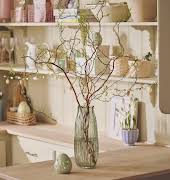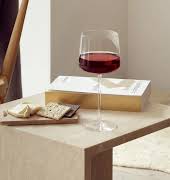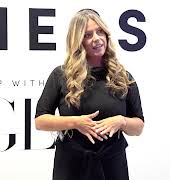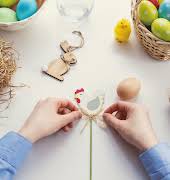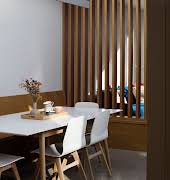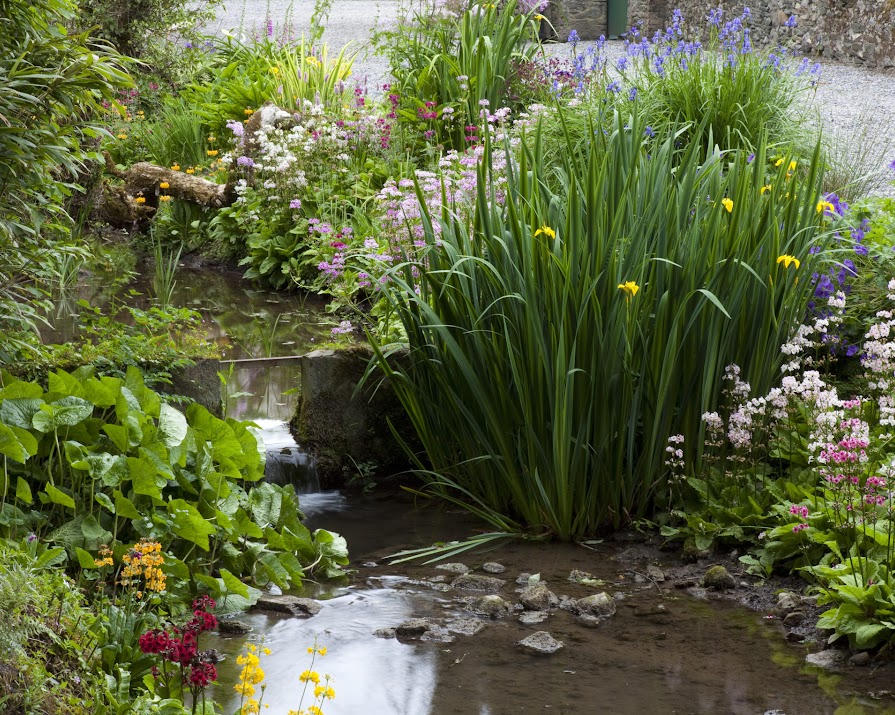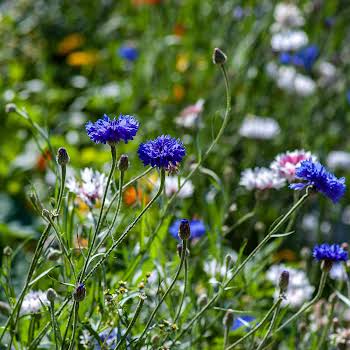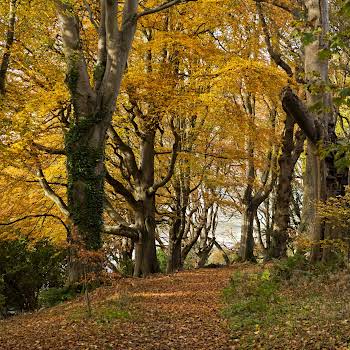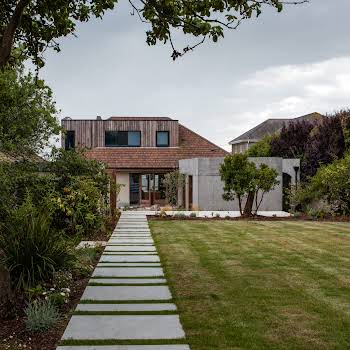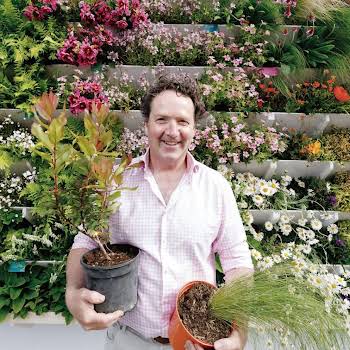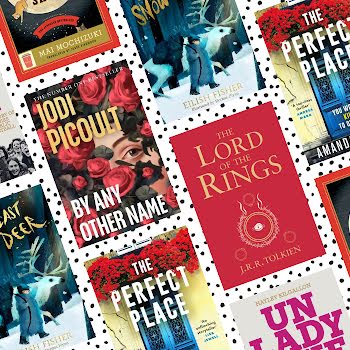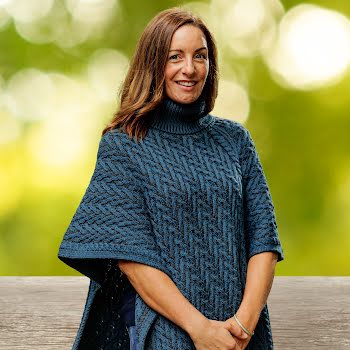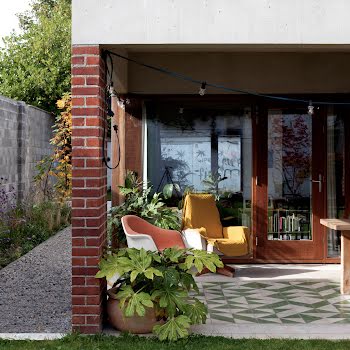How to build a wildlife pond in your back garden (and why you should)
By Lauren Heskin
24th Feb 2024
24th Feb 2024
As we begin to invest more time and energy into making our gardens an "outdoor room", promote your garden's growth and help passing critters with a wildlife pond.
For most gardeners, planting schemes are not purely about having something beautiful to look at beyond the windows; it’s about creating a new room, nursing a space that’s evolving and changing, that’s actually growing. And part of a garden’s development is reliant on the wildlife which frequents it.
It’s a symbiotic relationship, without wildlife, plants would wilt and die and vice versa. Insects and animals propagate, spread seeds, aerate the soil and essentially bring your small patch to life. And one of the best things you can do for this busy community of critters is add a wildlife pond. Even if you’re not particularly green-fingered, a small pond is simple to keep and will provide a haven for wildlife and also help your garden to blossom.
Frogs, toads, newts, dragonflies, bees and water striders (known as ‘Jesus bugs’ because they walk across the water) will all find their way into a well-oxygenated pond, while birds and hedgehogs will bathe and drink from its edges. And there really isn’t a whole lot you need to do. To stay with the Biblical references, it’s a simple, build-it-and-they-will-come method.
However, there are a few things you can do to encourage wildlife to have a splash about. First, place your pond in a secluded area of your garden but avoid putting it directly under a tree or deciduous shrubs as the pond will be littered in debris come autumn, when you’ll want the water properly oxygenated.
Make sure that you have a slope at one end to allow for insects, small animals and birds to get to and from the water’s edge safely. Try not to have too steep a lip or block off edges, as insects like to move around in relative privacy to avoid any predators. Plant right to the edges and allow foliage to droop so little things can happily scurry in and out. Something like Veronica beccabunga, with its low-growing, dense foliage, is ideal for protecting small amphibians and it likes its roots in water. For a little height, Geum rivale, with its beautiful drooping pink flowers, prefers damp but not wet ground, so place near the pond’s periphery.
When it comes to planting, you’ll need a good mix of marginal, floating, submerged and oxygenators and opt for native plants where possible as wildlife will already be familiar with it. In the pond, include a combination of tall, rafting and submerged plants to attract a variety of aquatic insects. Tall-stemmed water irises such as Iris pseudacorus like to be in around 10cm of water and are ideal to help semi-aquatic insects, such as fledgling dragonflies, climb out of the water for the first time.
Water lilies should be planted in the deepest part of the pond, about 40cm to 60cm. For smaller ponds, something like a Nymphaea ‘Denver’ is ideal and its unfurled leaves will offer shelter and shade to any sub-aquatics. It’s best to pot everything in individual pond baskets, as certain species can be aggressive and will take over if allowed. Avoid Elodea canadensis, it might be widely available, but it will quickly choke up your pond.
Most crucial but slightly less glamorous are the oxygenating plants. These guys do all the hard work of a pump without the noise that tends to spook tiny visitors. Ceratophyllum demersum in the shallows and Stratiotes aloides (known as ‘water soldier’) in the deeper areas, will both float freely and do the hard yards in terms of oxygenation and keeping your water clean.
Once it’s up and running, a pond is very low maintenance. Just remove debris and any stringy pondweed – leave it on the water’s edge to dry and the birds will yummy it up. You’ll be surprised how quickly your pond will settle in and take on a life of its own. So find a quiet spot and reap the wildlife rewards of your natural oasis.
How To Put In A Pond
Karl Ellis of Rockworld.ie, Ireland’s leading water feature specialist, gets into the down-and-dirty of pond building.
- Outline your pond shape beforehand, free-form shapes make for the best wildlife ponds. Be brave and go as large as possible. You don’t get a redo once you’ve bought the liner and filled the pond.
- Wildlife ponds should be between 40cm and 60cm deep, with two or three shelves for different planting. Each shelf should be 20cm deep and should be as wide as possible to allow plants to sit comfortably.
- Ponds should be lined with 1mm EPDM rubber pond liner. You can get thinner versions and PVC options but these won’t last as long or have as much stretch, so rather than doing the job twice, it’s best to use the optimum materials first time around. Add at least 0.5m to the total length and width of your pond when buying liner and don’t forget to include the depth twice, i.e. up one side and down the other.
- An enthusiastic gardener can complete a small pond in a few days but for larger ponds or waterfalls, it’s advisable to get an expert to design it.
Featured image of Burtown House by James Fennell.
This article was originally published in September 2023.

